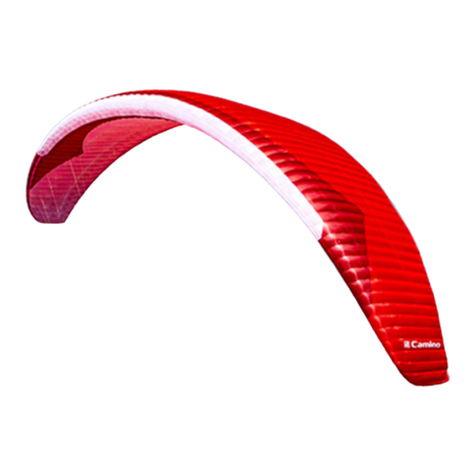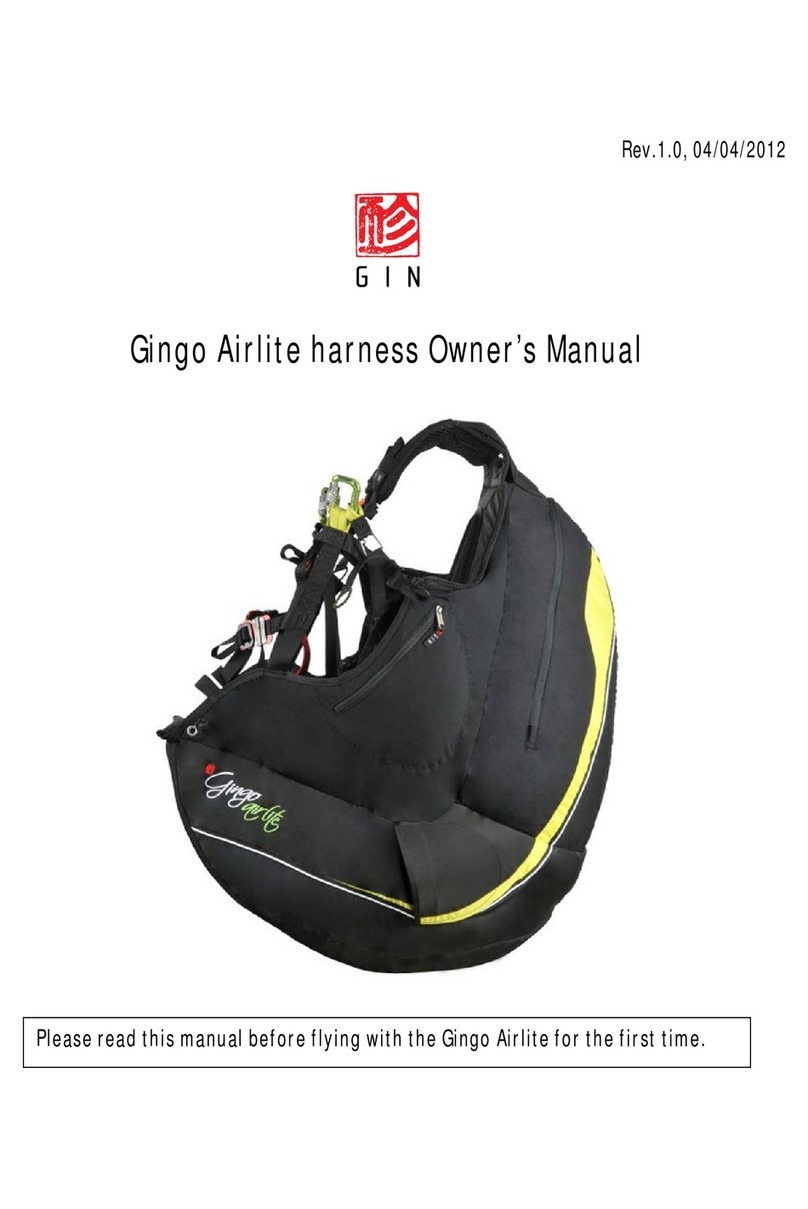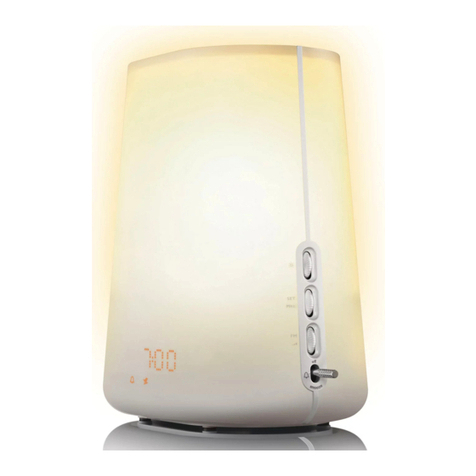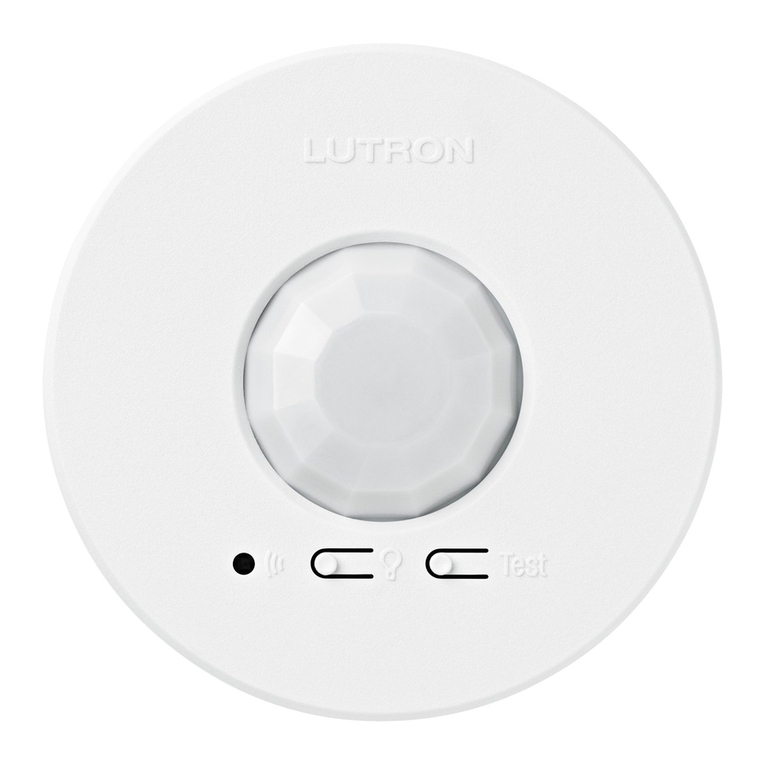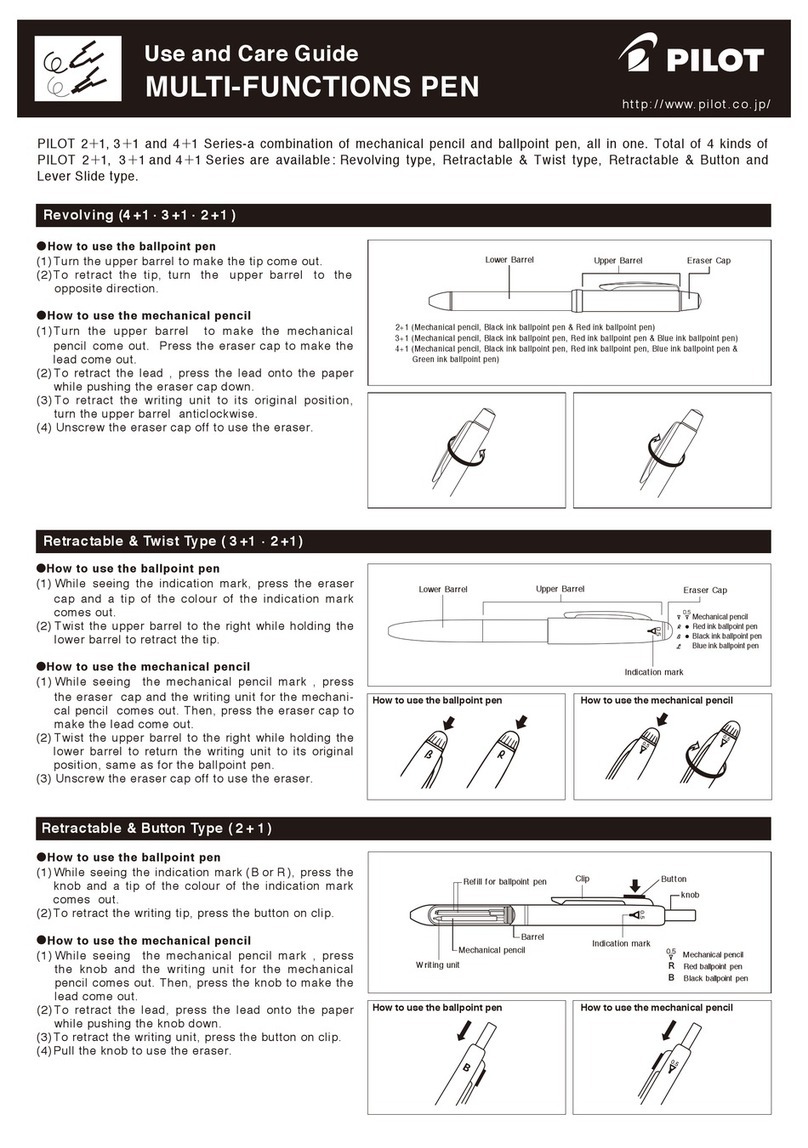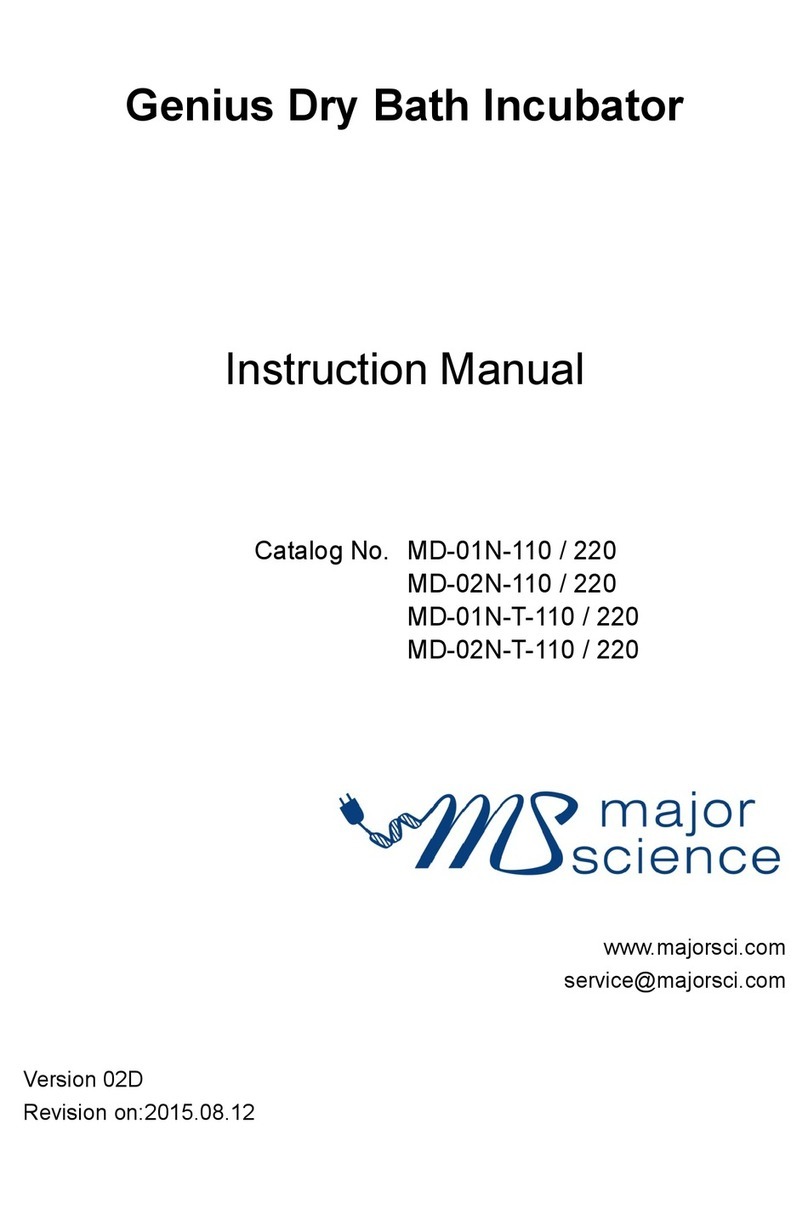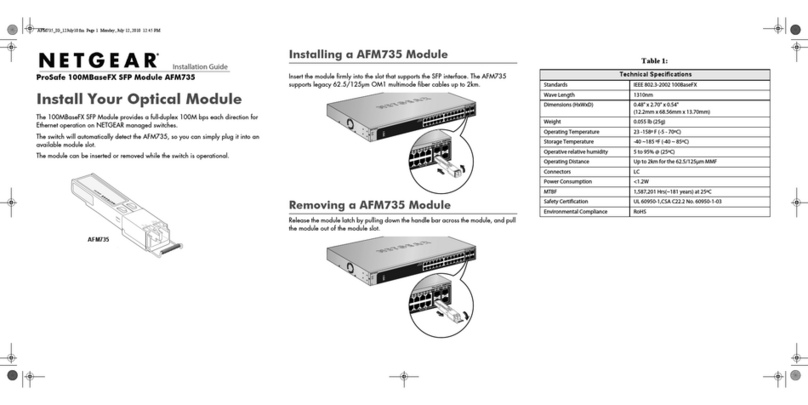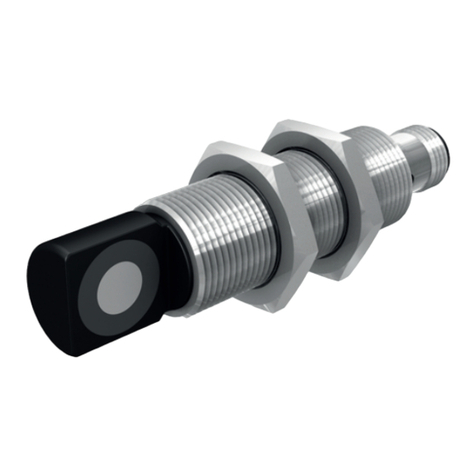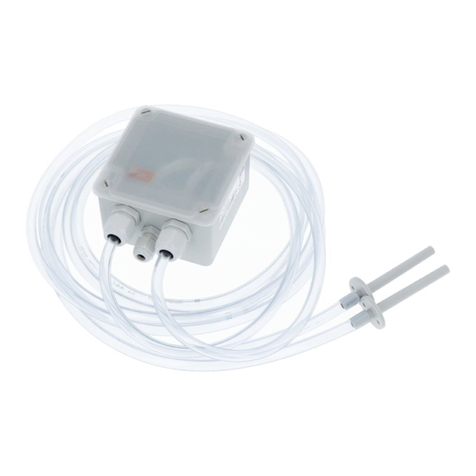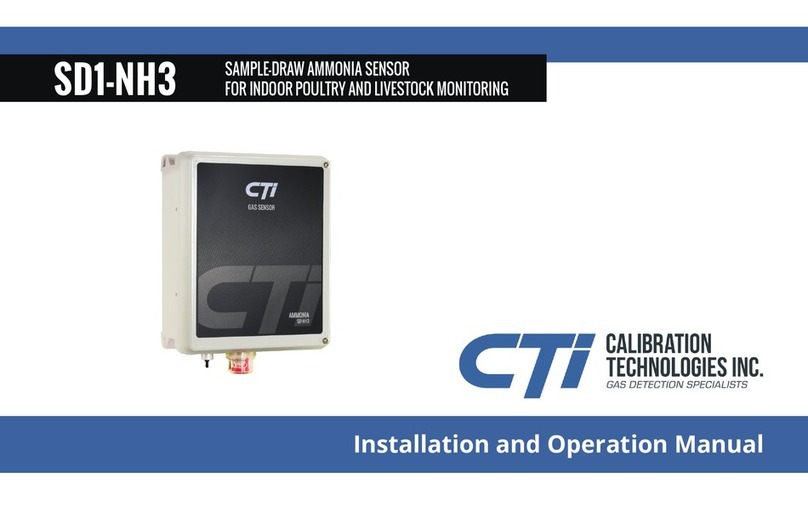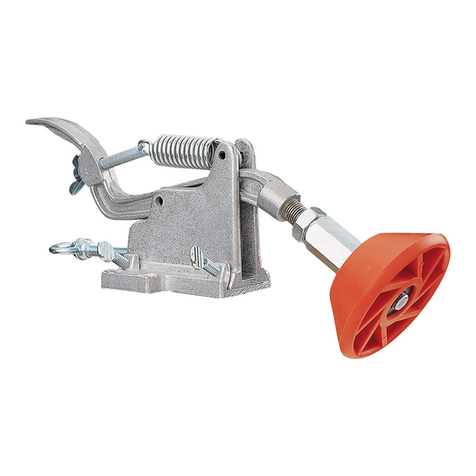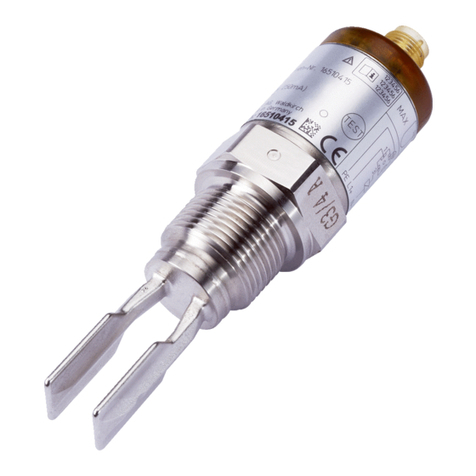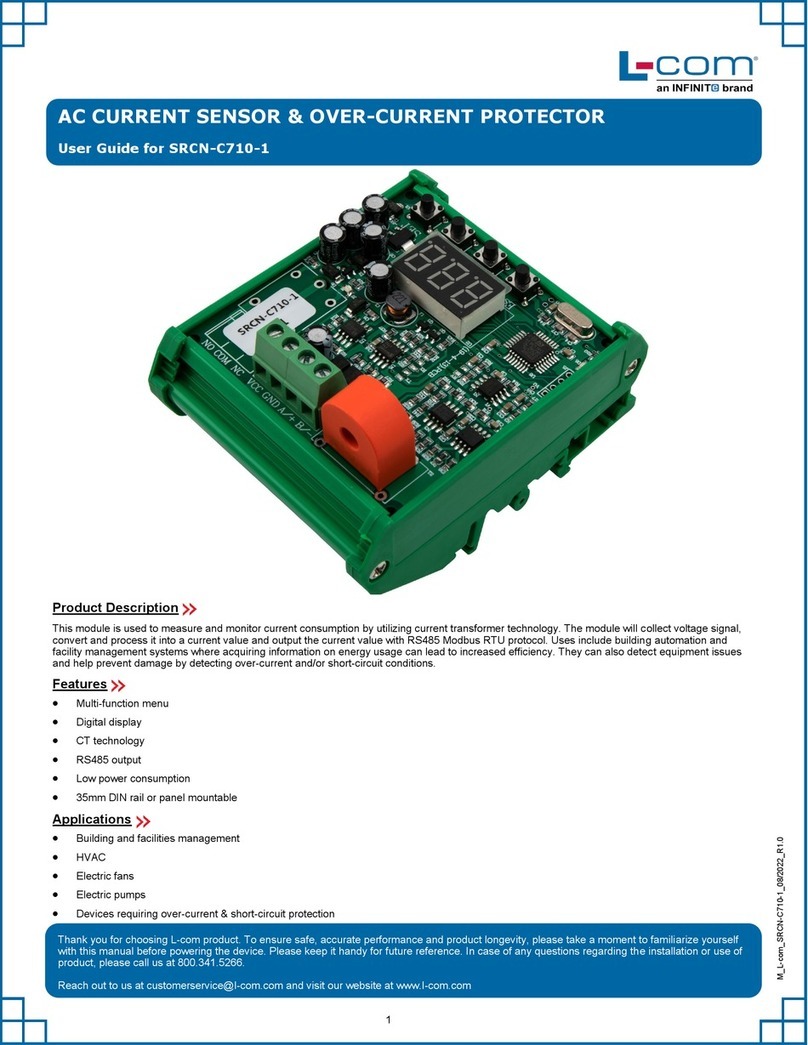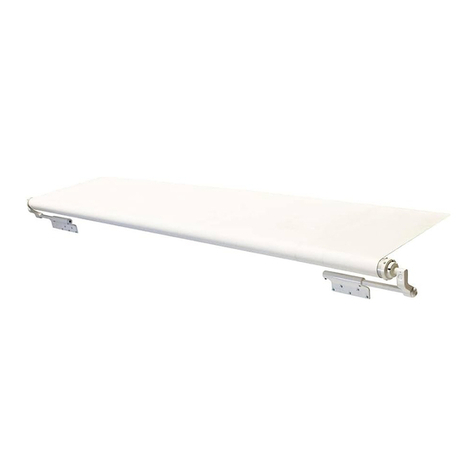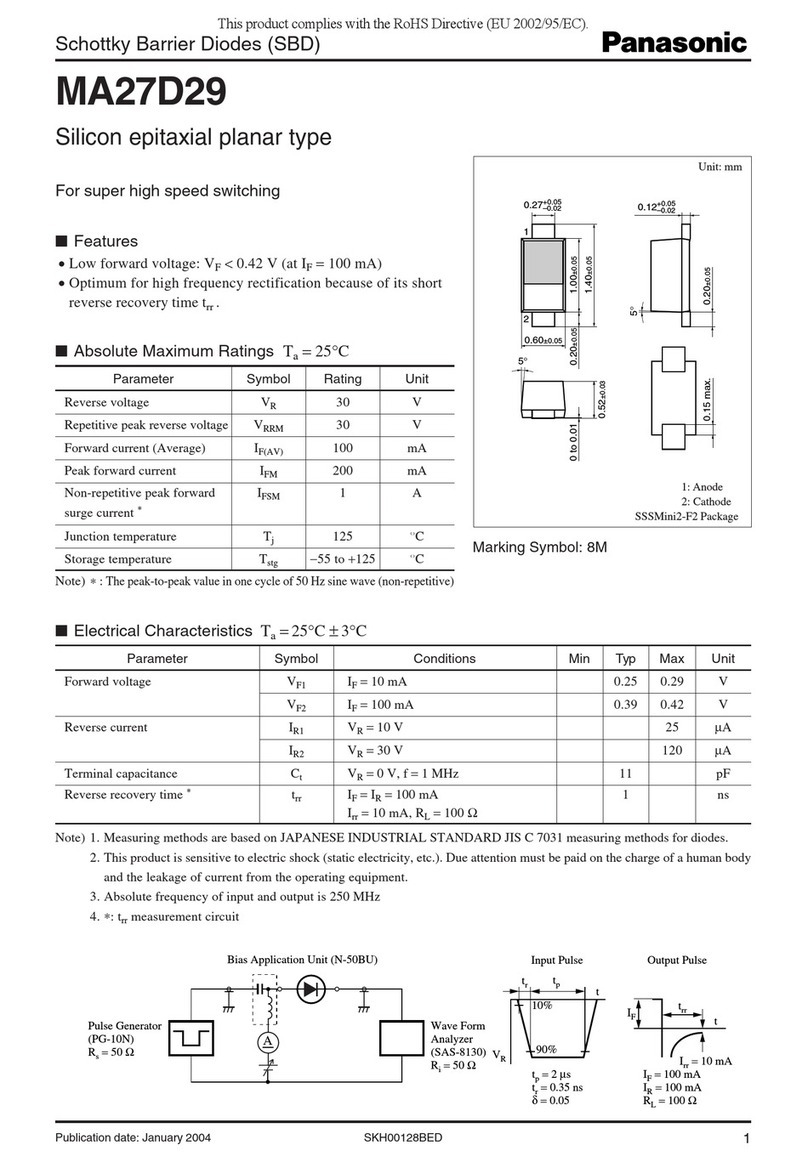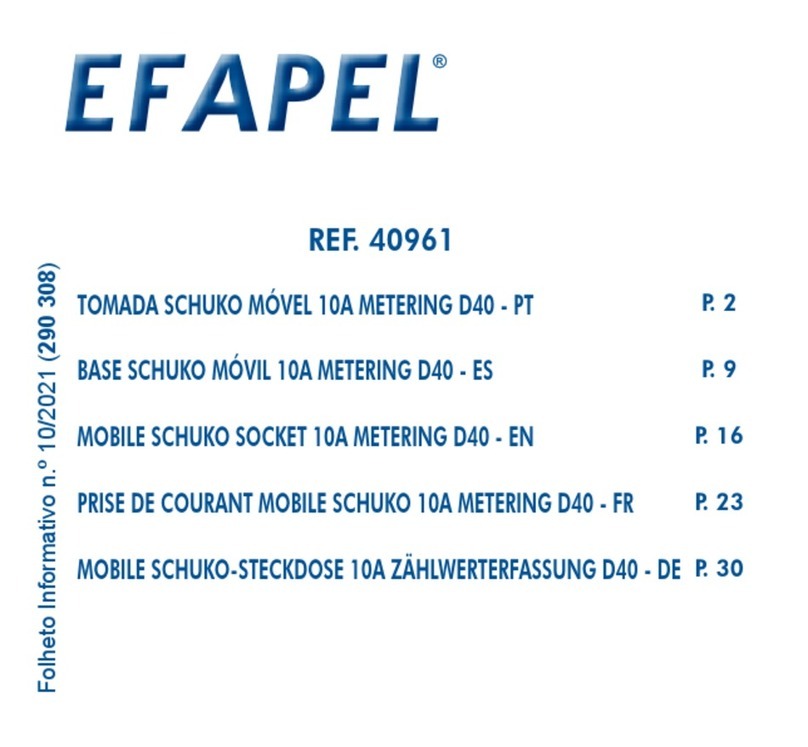
17
Lateral Straps (1)
The lateral straps adjust the angle between the thighs and the back. Lengthening the straps increases the
angle and vice-versa. The easiest way to adjust them correctly is during a flight in calm air. Remember that
flying in the supine position (i.e. leaning back), reduces the stability of the harness and increases the risk of
riser twists after a deflation.
To tighten, pull forward on the black/green loop. To loosen, pull backwards on the red/white loop.
Seat Straps (2)
The seat straps change the depth of the seat. Adjust to find a comfortable position. In the sitting position,
lengthen the straps to their maximum at first and then use the buckles to shorten the straps to find a
comfortable position with good back support. Lengthening the straps also helps you to slide easily into the
harness at take o, while shortening the straps helps you to be in the standing position for landing.
The webbing is not adjustable in-flight, use your first few flights to fine tune the setting as you like.
Speed Bar (3)
Hanging in the simulator, adjust the length of the speed bar chord so that the bar hangs at least 15cm below
the front of the harness. Making the chord too short could result in the speed system being constantly or
unintentionally engaged during flight. It is safer to start with the speed bar a little long and shorten it following
your first flights. Test the speed bar in flight only after you are comfortable with your new harness, and always
do so in calm conditions with enough clearance above the ground.
Lateral straps
Seat strap
Speed bar
1
2
3
Switch
1
3
2
NOTE: Even though we use the best buckles currently
available, there is a slight chance that straps might move,
especially when the harness gets old. A tape or a few
stitches will prevent the straps from sliding.






















